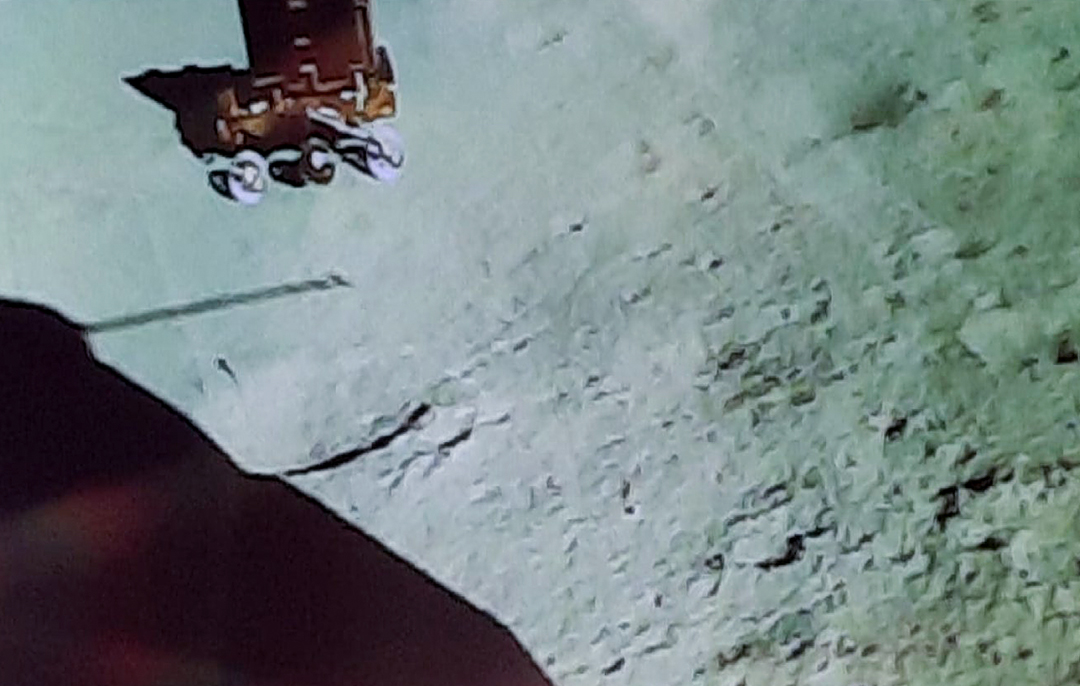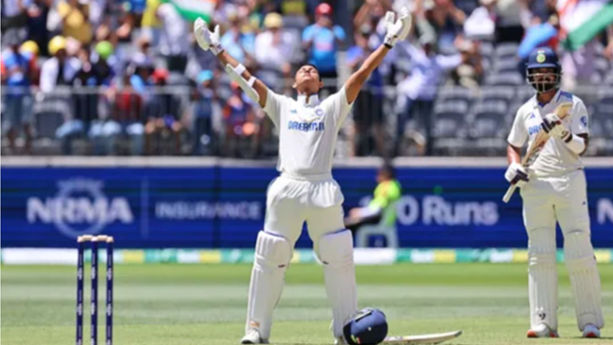
The Vikram Lander, which is currently on the moon’s south pole, recently underwent a hop experiment successfully, which may fascinate science enthusiasts. According to ISRO, Vikram raised itself by about 40 cm and safely touched down on Sunday at a distance of 30 to 40 cm.
“Vikram Lander exceeded its mission objectives. It successfully underwent a hop experiment. On command, it fired the engines, elevated itself by about 40 cm as expected and landed safely at a distance of 30 – 40 cm away,” ISRO wrote on X.
Explaining the importance of this event, ISRO said the ‘kick-start’ will enthuse future sample return and human missions on the moon.
“All systems performed nominally and are healthy,” ISRO said, adding that the ramp, and lander payloads — ChaSTE and ILSA — folded back and redeployed successfully after the hop experiment.
India made a huge step forward on August 23 when the Chandrayaan-3 lander module successfully touched down on the moon’s South Pole, making it the first nation to accomplish the historic feat and putting an end to the disappointment over the Chandrayaan-2 crash landing four years earlier. Overall, India became the fourth nation to make a successful landing on the moon, following the US, China, and Russia. Following landing, the Vikram Lander and the Pragyan rover each had a specific task to complete on the lunar surface, such as looking for sulfur and taking a relative temperature reading. The lander and rover were to run for one lunar day after landing. 14 days on Earth are equivalent to one day on the Moon.















